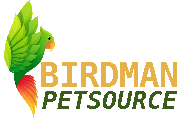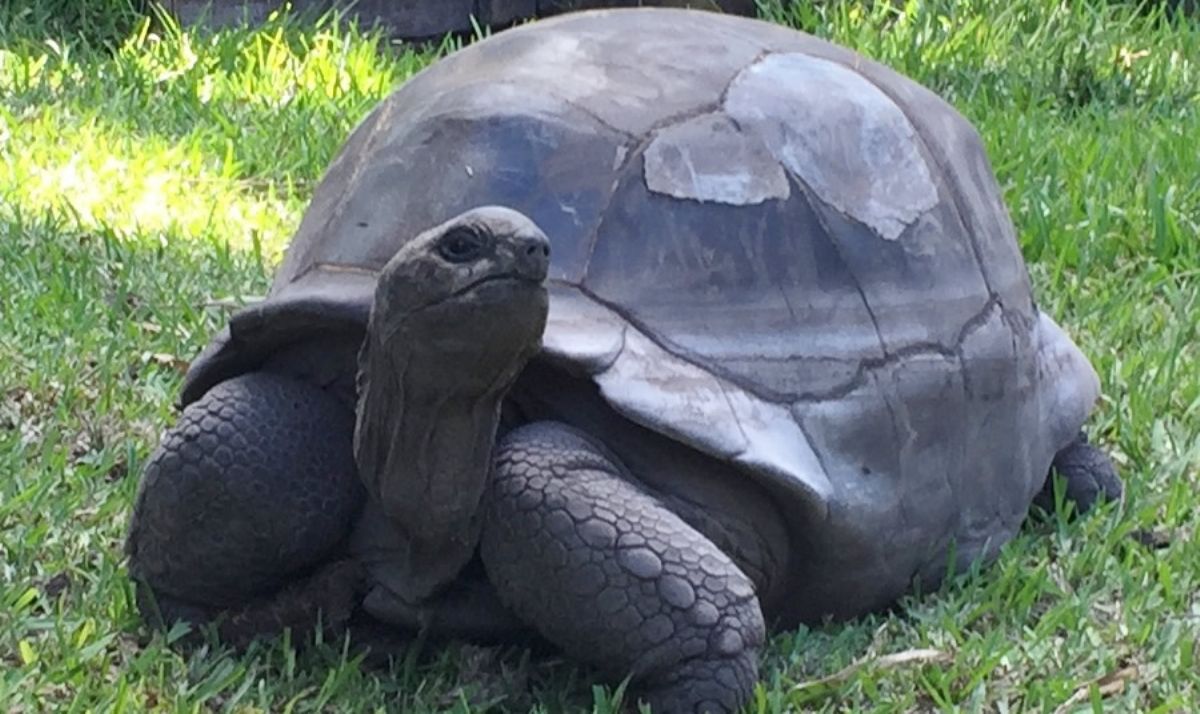Subtotal: $23,795.00
30 Inch 30 Year Old Female Aldabra Tortoise Has Laid Eggs
1 Piece (Min. Order)
Animal Code: AL32
Family: Tortoise
Genus: Aldabra Adults
Availability: Available
Size: 30 Inches
Product Description:
30 Inch 30 Year Old Female Aldabra Tortoise Has Laid Eggs
Reserve your animals now.
Animals in stock and ready for sale.
Last animals available this year,(Reserve Now)
Discount for returning Customers or multiple Aldabras purchased.
Shipping to be determined by location and weather ($65 to $90 Approx.)
We have some of the best Guaranties in the industries;
Guaranteed live arrival
30 day exchange policy
One year Health Guarantee
We have been raising Giant Aldabra and Galapagos Tortoises for 30 years.
We are a farm dedicated to raising rare and endangered Tortoises and Iguanas
Packaging & Delivery:
Packaging Details: As per customer description
Delivery Time : Within 3 days
$49,000.00
Description
Looking for where to buy an adult female Aldabra turtle?
Browse our wide collection of adult male and adult female aldabra turtle available at our store. Number 1 turtle farm within the united states, we render lots of services such as buying and sales(trades), Financial services, Veterinary medical services and we are working on a pet rescue facility.
Description of an adult Female Aldabra Turtle
A skeleton of Aldabra giant tortoise found on Cousin Island (Seychelles)
The carapace of A. gigantea is a brown or tan in color with a high, domed shape. The species has stocky, heavily Scaled legs to support its heavy body. The neck of the Aldabra giant tortoise is very long, even for its great size, which helps the animal to exploit tree branches up to a meter from the ground as a food source. Similar in size to the famous Galapagos gaint tortoise, its carapace averages 122 cm (48 in) in length with an average weight of 250 kg (550 lb). Females are generally smaller than males, with average specimens measuring 91 cm (36 in) in length and weighing 159 kg (351 lb). Medium-sized specimens in captivity were reported as 70 to 110 kg (150 to 240 lb) in body mass. Another study found body masses of up to 132 kg (291 lb) most commonplace.
Range and distribution
An isolated population resides on Changuu island in Zanzibar
The main population of the Aldabra giant tortoise resides on the islands of the Aldabra Atoll in the Seychelles. The atoll has been protected from human influence and is home to some 100,000 giant tortoises, the world’s largest population of the animal. Smaller populations of A. gigantea in the Seychelles exist in the Sainte Anne Marine National Park (e.g. Moyenne island), and on La Digue, where they are a popular tourist attraction. Another isolated population of the species resides on the island of Changuu, near Zanzibar, and other captive populations exist in conservation parks in Mauritius and Rodrigues. The tortoises exploit many different kinds of habitat, including grasslands, low scrub, mangrove swamps, and coastal dunes.
Ecology
Habitat
A peculiar habitat has coevolved due to the grazing pressures of the tortoises: “tortoise turf”, a comingling of 20+ species of grasses and herbs. Many of these distinct plants are naturally dwarfed and grow their seeds not from the tops of the plants, but closer to the ground to avoid the tortoises’ close-cropping jaws.
As the largest animal in its environment, the Aldabra tortoise performs a role similar to that of the elephant. Their vigorous search for food fells trees and creates pathways used by other animals.
Feeding ecology
A giant tortoise browsing leaves
Primarily herbivores, Aldabra giant tortoises eat grasses, leaves, woody plant stems, and fruit. They occasionally indulge in small invertebrates and carrion, even eating the bodies of other dead tortoises. In captivity, Aldabra giant tortoises are known to consume Fruits such as apples and bananas, as well as compressed vegetable pellets. In 2020, a female Aldabra giant tortoise on Fregate island was observed hunting and eating a juvenile lesser noddy, indicating that the species was in the process of learning to catch birds.
Little fresh water is available for drinking in the tortoises’ natural habitat, so they obtain most of their moisture from their food.
The Aldabra giant tortoise has two main varieties of shells, related to their habitat. Specimens living in habitats with food available primarily on the ground have more dome-shaped shells with the front extending downward over the neck. Those living in an environment with food available higher above the ground have more flattened top shells with the front raised to allow the neck to extend upward freely.
Breeding of an adult female aldabra turtle
Between February and May, females aldabra turtle lays between 9 and 25 rubbery fertilized eggs in a shallow, dry nest. Usually, less than half of the eggs are fertile. Females can produce multiple clutches of eggs in a year. After incubating for about eight months, the tiny, independent young hatch between October and December.
In captivity, oviposition dates vary. Tulsa zoo maintains a small herd of Aldabra tortoises and they have reproduced several times since 1999. One female typically lays eggs in November and again in January, providing the weather is warm enough to go outside for laying. The zoo also incubates their eggs artificially, keeping two separate incubators at 27 °C (81 °F) and 30 °C (86 °F). On average, the eggs kept at the latter temperature hatch in 107 days.
Feel free to contact us for any more information about the adult female aldabra turtle



Reviews
There are no reviews yet.